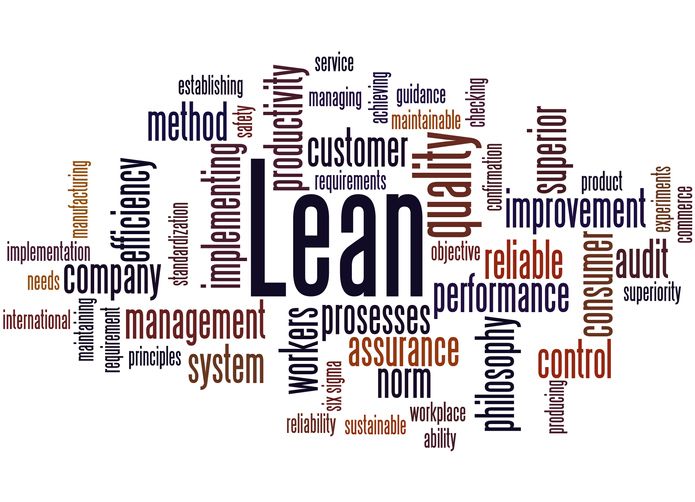READING TIME: 7 MINUTES
Robotic Process Automation is with us for a while now, and too many organisations still struggle to discover how high-quality robots could be successfully implemented at the fastest speed possible, while neither running out of deadlines, nor developing unreliable solutions that are not matching the business requirements.
Really impressive implementations can be attained by fine-tuning several success-critical factors, what are important before, during, and after the development of RPA robots.
1st Factor: Training, training, and training
First and foremost, you need a team of well-versed business analysts and/or developers, who can easily discover automation potentials and pitfalls, develop a reliable solution, and optimise to its best performance.
In the rush of making results out of RPA, essential trainings can be easily forgotten, resulting in subpar solutions on the way down the road, so we should be very careful on chanting “learning by doing”, because building a robot is pretty similar to building a house: without the necessary fundamental knowledge on how to use the tools what’s given, no one will be able to put together something that won’t collapse sooner or later.
2nd Factor: Quality of Planning
Let’s assume that well-trained professionals had been put together. Their first goal should be to understand the process – what they are about to automate – better than the business unit that is currently performing it.
An understanding has to be built even on a holistic view on the process: Where is it placed within the organisation’s Main Process Flow? What is the logistics/SLA of performing this task? Is there a dependency on another process to be finished in order to start our process? Is there another process that is dependent on our solution? Can we optimise the synergy between the processes?
But only having a holistic view wouldn’t enable us to automate the process with a high-quality, we need to dig deeper than that. The Process Steps have to be documented to the quality level of complete straightforwardness, that means if you bring in someone, who is absolutely not familiar with the process, s/he has to be able to perform it end-to-end without any questions, based solely on the document that has been prepared. I can assure you that your robot neither will ask any questions, nor will start to improvise, while it is doing its job.
Having your process well documented is just a really good start, but then you need to plan your robot accordingly, to match up with those requirements. That’s when you prepare your Solution and Process Design. Fortunately, one of the RPA Tool providers, Blue Prism is really giving us a helping hand on its own tool’s basic Solution Design principles.
The criteria of a well-designed robots in Blue Prism are:
- It is Recoverable: your robot will eventually crash, so when it does, it has to be able to get back to the same point in the process, where it has left the item that is to be processed, either by itself, or after bug-fixing.
- It is Scalable: your robot should be able to run on multiple machines without interfering with or blocking each other in any ways.
- It is Reusable: it is highly probable that more than one of your processes are dependent on the same system that you are going to automate, so to avoid double work on developing those processes, build your components (objects and processes) in a way that those processes could use them as well.
Even though these points seem very trivial, a lot of solutions have been developed by using Blue Prism are missing at least one of these key principles. If any of these points are missing during the conceptualisation, it is really hard to implement them into the product afterwards.
3rd Factor: Fast and Effective Communication during Development
Now you have the A-team in place, and you have a high-quality plan on what the solution would look like in theory, so it’s time to start the development. Regardless of how high quality your plan is, a couple of unforeseeable issues will arise eventually that will need careful resolutions. And they need to be resolved fast, or you can cumulate a massive delay upon hesitations.
This is the moment, when you have to be really Agile, because fast and effective communication comes into the picture: issues need to be raised immediately, have to be discussed in a timely manner what is matching the severity of the problems, and a plan needs to be formed on the resolutions on the spot. One of the biggest pitfalls of RPA projects are the inaccurate or lack of communication between counterparts (even amongst team members), or delayed responses on the issues that cannot be temporarily bridged in the solution, so the development simply gets stuck.
4th Factor: Quality Solution running on a Quality Environment
How would you know if you have a Quality Robot or not? Well, the most important qualifier is that it is running as expected: accurately, stably, and reliably. It can simply recover from known Errors that are generated by the System(s) it is using, and it is generating reasonable amount of case Exceptions that are defined by Business conditions for further human processing, because those cases require special attention.
Ideally, this state should be reached by the end of the testing phases of the solution, by the time it is “going into production”. But the maintenance and monitoring of the solutions are just as important ways of quality assurance, as the rest of the steps above. Continuous improvements, fixes and patching minor errors can lead to a nearly 100% reliability, reducing time and effort on analysing the errors that are generated by the robot.
Of course, all of these are only viable on a Quality Environment that enables fast actions on the robots by its developers and its maintenance team. This involves proper infrastructure-wide installation, high-standard software credential management, and exceptional accessibility to the individual robotic desktops.
To sum up the points above
In order to increase the amount of successful implementations, you need a good infrastructure to set your team up for success, well-trained team members, who are not afraid of raising and resolving issues in a really short period of time by gathering really deep business understanding, and an exhaustive plan on the solution, so your team won’t need to improvise right from the start of the development.
Of course, these factors are not forming a comprehensive recipe for success, but I hope you found these hints useful for your future projects. If you have any other question or suggestions on how to build high-quality robots, please share them with us.
Original article: https://www.linkedin.com/pulse/how-build-exceptional-rpa-solutions-balint-laszlo-papp/









